(TITC) - Mekong Delta owns rich natural resource, specific historical and cultural values of 4 ethnic groups, including Kinh, Hoa, Khmer, Cham. Recently, Mekong Delta Tourism Association has recognized more 7 new typical tourist sites of the Mekong Delta in 2014 to strengthen tourism potential promotion of the region to tourists at home and abroad.
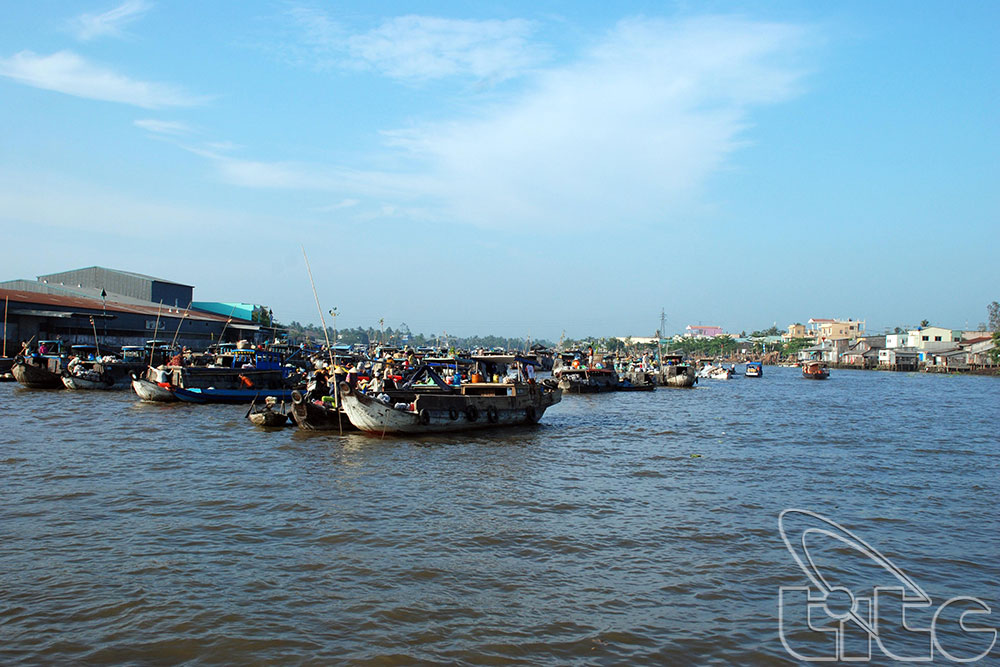
Can Tho City has 2 new, typical tourist sites, including Cai Rang Floating Market and Truc Lam Phuong Nam Monastery. Cai Rang Floating Market (Cai Rang District) is one of the most famous floating markets in the South-West region. From early morning to 8-9am everyday, hundreds of boats gather here to sell agricultural products. Products are hung on a long bamboo (called cay beo) in front of the boats. Visiting the market, visitors can also observe floating houses and learn about daily life of the locals along two riversides.
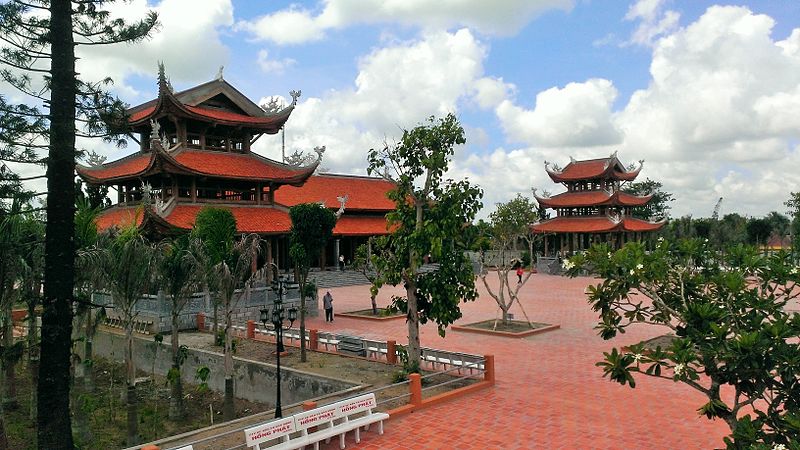
Truc Lam Phuong Nam Monastery (My Khanh Commune, Phong Dien District) is one of the largest pagodas in the South-West with the area of 4ha. Built according to Ly – Tran Buddhist architecture, the pagoda consists of main works such as main sanctum, ancestor sanctum, drum tower and bell tower. The main sanctum has the statue of Shakyamuni Buddha made of bronze with 3.5 tons in weight and statues of Samantabhadra, Manjusri and three Truc Lam Patriarchs. In addition, there are other items in the pagoda precinct such as Quan-yin sanctum, Maitreya sanctum, one-pillar pagoda, hall, library…
Three tourist sites in Bac Lieu Province have been also recognized as new, typical ones in the Mekong Delta, including the artificial sea area in Nha Mat Resort, Hung Vuong Square and the villa of Bac Lieu Mandarin’s son.
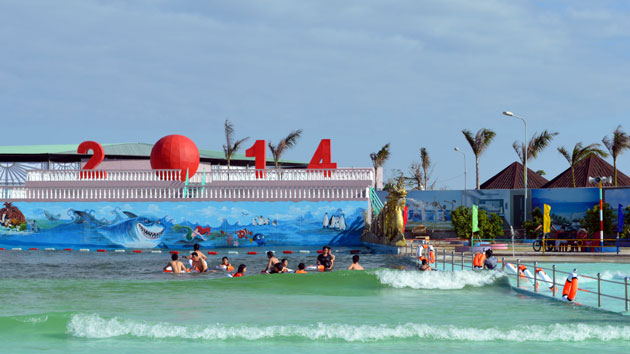
The artificial sea area in Nha Mat Resort (Nha Mat Ward, Bac Lieu City) is considered as the largest artificial sea area in the Mekong Delta with modern wave creating system and 30m-high chutes. The artificial sea area is divided into three sub-areas for children, adults and extreme games. Besides, there are artificial mountain range with many unique caves, the stage with a capacity of 2,000 seats and funny animal-shaped green tree.
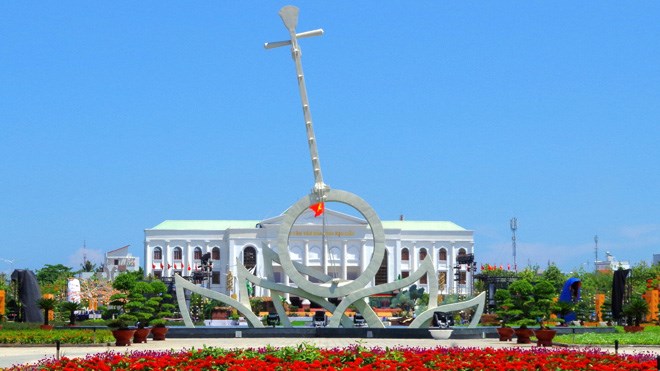
Considered as the most beautiful square in the Mekong Delta, Hung Vuong Square (Ward 1, Bac Lieu City) has the area of 4ha with harmony architecture and high aestheticism. The architecture complex of the square includes Culture – Arts Exhibition Centre and Cao Van Lau Theatre; symbol of stylized moon-shaped guitar; symbol of 3 ethnic groups of Kinh, Khmer, Hoa; martyr monument; monument of Mau Than event…
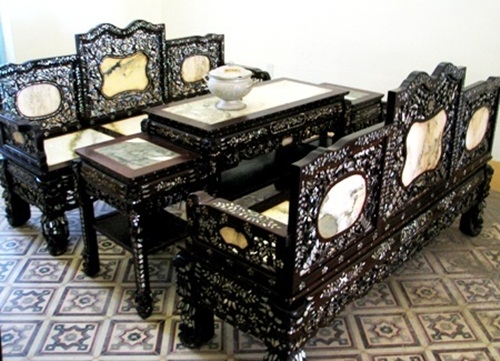
Located near the bank of Bac Lieu River, the villa of Bac Lieu Mandarin’s son (No.13 Dien Bien Phu, Ward 3, Bac Lieu City) is not only the most crowed hotel in the city but also one-time flesh-pot of Bac Lieu Mandarin’s son – the most famous mandarin’s son in the South in the early 20th century. Built in 1919 and designed by French, the villa of Bac Lieu Mandarin’s son stands out by splendid architecture with luxury white color. Not only that, the villa also owns numberless of valuable and rare furniture made of wood, ceramic, bronze… Nowadays, the main part of the villa remains intactly to serve visitors.
Two other destinations in the list of seven new, typical tourist sites of the Mekong Delta 2014 include Tram Chim National Park and Nguyen Sinh Sac Relic Site in Dong Thap Province.
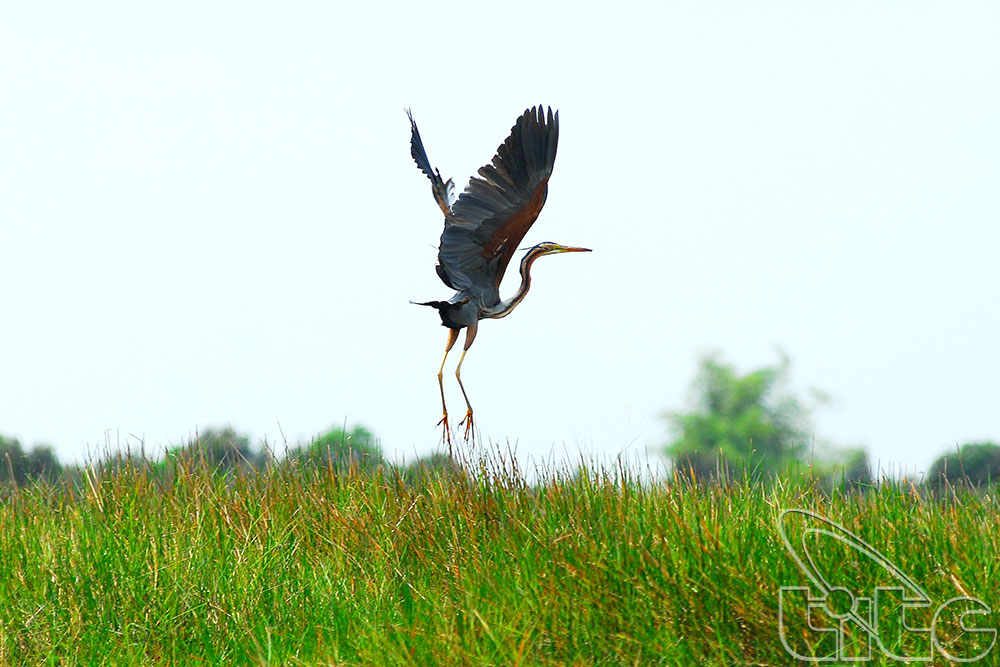
With the area of 7,588ha, Tram Chim National Park (Tram Chim Town, Tam Nong District) is a miniature Dong Thap Muoi with many species of plants and nearly 200 species of water birds, accounting for about ¼ of total bird species in Viet Nam, including many rare species in the world. The most typical and widely known bird is Sarus Crane, with 1.7m in height, smooth gray plumage, high neck, red head and broad wings. This is one of 15 species of cranes existing in the world in danger of extinct.
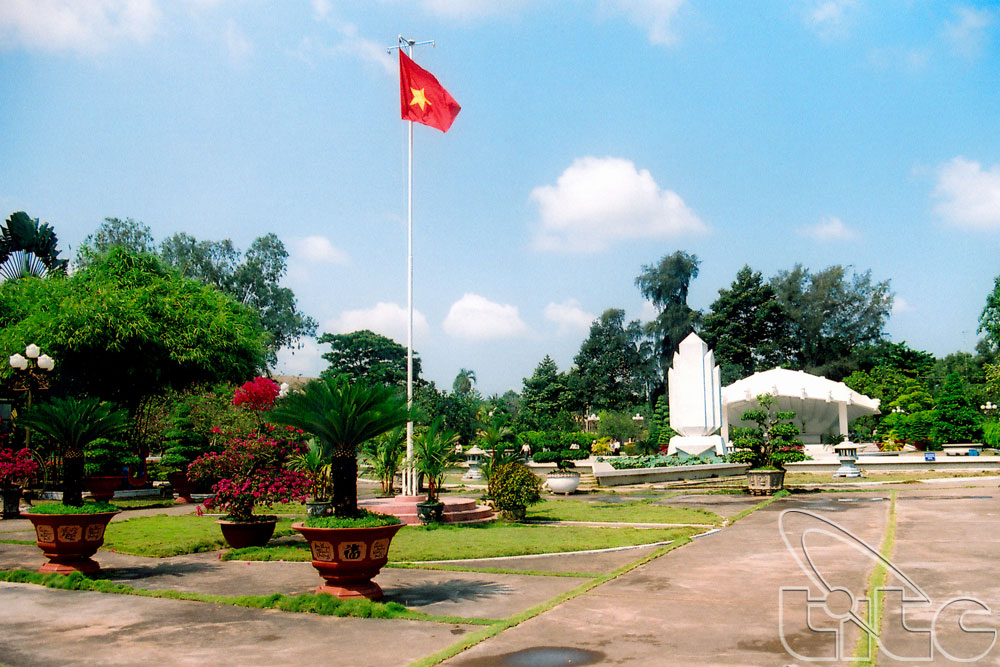
Along with Tram Chim National Park, Nguyen Sinh Sac Relic Site (Ward 4, Cao Lanh City) is also one of tourist sites in Dong Thap attracting a lot of tourists at home and abroad. With the area of 3,6ha, the relic is divided into three main areas, including tomb of Junior Doctor Nguyen Sinh Sac, Uncle Ho’s stilt house and lotus pond. This is unique culture architecture complex, recognized as national vestige on 9th April 1992 by Ministry of Culture (present Ministry of Culture, Sports and Tourism).
The recognition of new, typical tourist sites of the Mekong Delta contributes to developing tourism in the localities and the region; and promoting the image of beautiful and friendly Vietnamese country and people to international friends.
Thu Giang